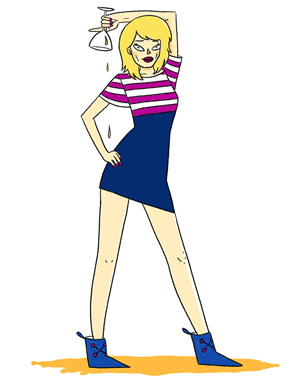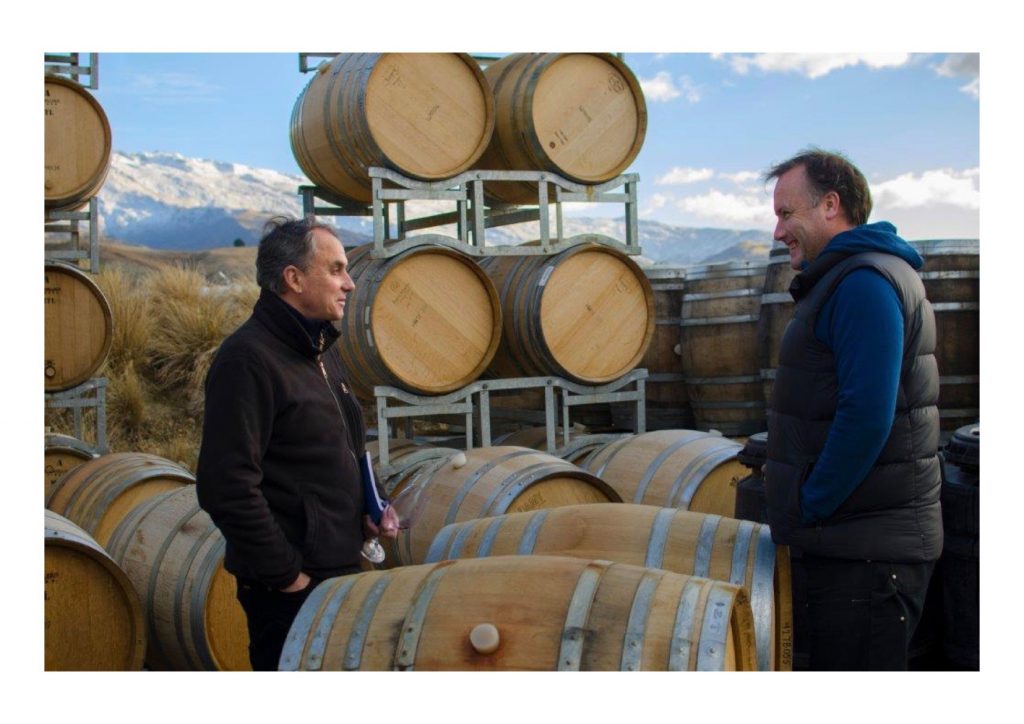
Prophet’s Rock, Cuvée Aux Antipodes
In the late Eighties and Nineties a generation of Antipodean winemakers, who cut their teeth on squeaky clean wines made in super sanitary wineries, flew over to the Old World, bringing their revolutionary techniques to flush out the murky corners and clean up the ‘traditional’ approach in many a French cuverie.
By the Naughties winemakers from classic regions of France – Champagne, Bordeaux and even Burgundy, were travelling in the opposite direction exporting a certain ‘Je ne sais quoi’ along with their understanding of terroir. No surprise that Burgundians chose to work with Pinot Noir or asked to consult on this most capricious of varieties, crossing the pond to Oregon and Sonoma, and heading to Oz and of course to New Zealand.
One of the more recent to spread his wings is François Millet. François has been modestly and meticulously making wine from some of the greatest terroir in the Côte de Nuit, putting in a lifetime’s work for Domaine Comte Georges de Vogüé in Chambolle.
I have turned up for the past 14 vintages to taste with François who presents a reserved profile – a man of few words, until he describes de Vogüé. wine, at which point he transforms to one of the most articulate imaginative of tasters, albeit it in a retrained and quiet way.
He is a precise winemaker, focused on the details, something appreciated by Paul Pujol of Prophet’s Rock Vineyard in Central Otago, New Zealand. François’s son Julien went New Zealand to gain experience working at Prophet’s Rock in 2013 and François and his wife Michelle went over to visit him a couple of times. The two families – from Chambolle and Central Otago – struck up a friendship.
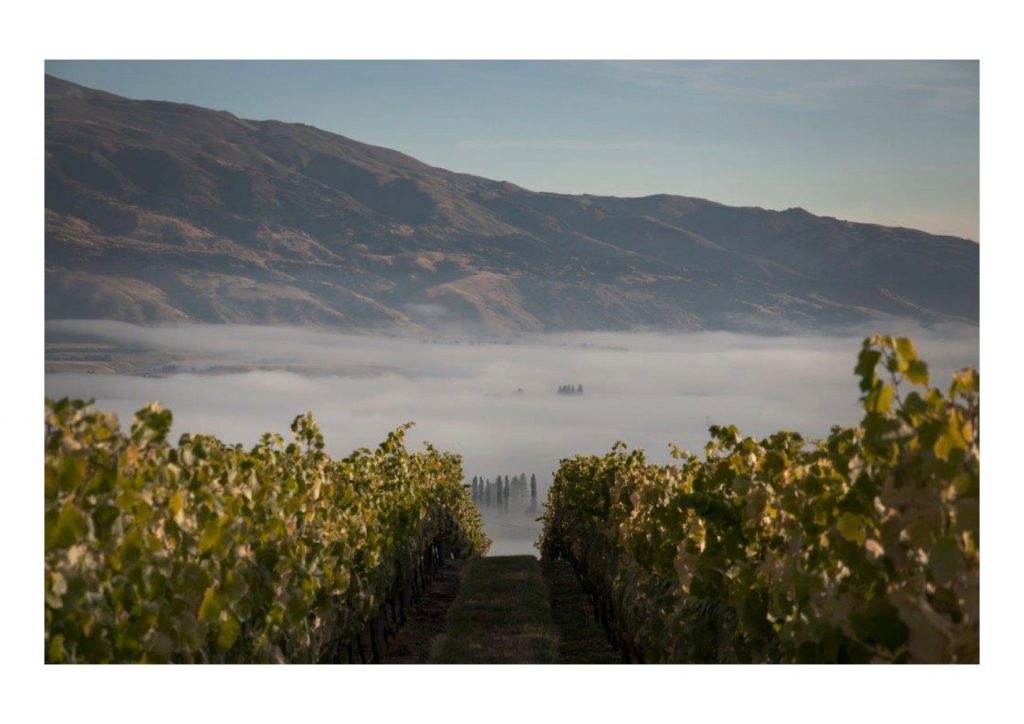
“So when Paul asked me if I would be interested in making a cuvée at Prophet’s Rock,’ remarks François, I said – “why not?And now I go twice a year to make Cuvée Aux Antipodes.” While François is typically reserved as he describes the story, he’s clearly emotionally involved in this project and excited to be showing me the wine.
And of course the tantalising ‘hook’ which enticed François from Chambolle to other side of the world was the chance to interpret a totally different and fascinating terroir.
So what about that terroir?
Over to François, “Bendigo lies above a lake. The location has glacial terraces and this vineyard is on the highest terrace at 300-400m with a North exposure. Frost is an issue, but less so at this altitude. We are surrounded by two mountains. Here we are just beginning to get into the New Zealand Alps which reach 1500m, while on the other side of the river the Pisa Mountains climb to 1900m. The Pisa Mountains offer protection from the rainfall. This puts the area in a rain shadow, with rainfall of only 300mm. It is much wetter between the Alps and the Tasman Sea.”
“We have a schist soil degraded to clay and limestone, but not a maritime limestone as in Burgundy. Under 40cm of top soil, which is a mix of schist, clay and humus, there is 70-80cm layer of this degraded chalk or more accurately ‘pedogenic lime’. The vineyard was planted in 2000 with Pinot Noir clone 777 grafted on 3309 rootstock. The vineyard is now (in 2019) certified as organic.”
There are many different blocks within the estate and François was invited to chose a parcel. Together with Paul they tasted wine from all the blocks and François says he chose the most elegant, fresh and balanced. This would usually become part of a blend.
So how does this very Burgundian of winemakers handle his Kiwi Pinot? “My approach is empathy,” remarks François, “following the wine and not to think I know it all.”
The use of SO2 is very low. “I feel the more you add, the further you get away from the land and the more you emphasise the variety character. I do not want that.”
“There is a cool pre-fermentation at the temperature of picking. The fruit is quite cool for it is picked in the morning at 10-15 degrees. It is all de-stemmed. I wait for fermentation – just ‘watering’ the top, waiting for the native yeast to start. When it’s fermenting I do just one punch down, just to observe what happens. I make the punch down at at a density of 1010 – not too late as there is more extraction when there is too much alcohol. For the second vintage (2016) I did just one punch down as well. Just one punch down is a big step up in terms of extraction. I knew the wines of the area, so I thought it was good to have one, but then I knew it was enough. Watering for the rest of the fermentation and one splashing (to introduce some air). The time I leave it after fermentation and before pressing is a matter of taste. Not more than one week before pressing it. 20-25 days or so.”
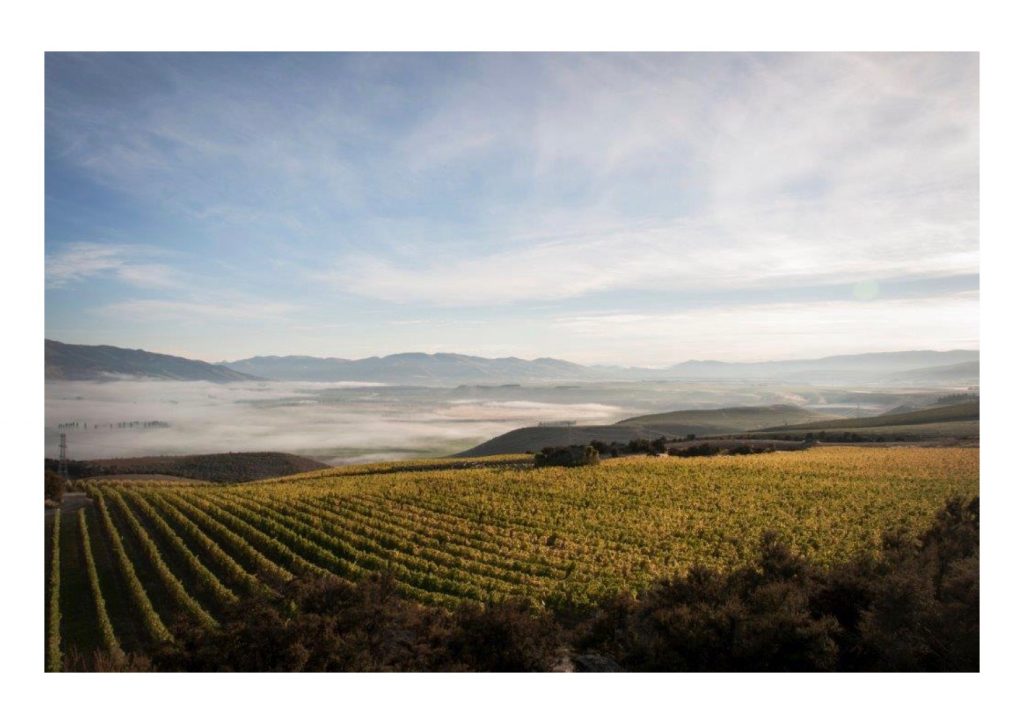
François uses one third new oak, Allier from Rémond. The MLF is postponed to the spring. “It gets cool at the end of the season so it’s not a problem. The first racking is cask to cask with a little SO2. We take the fine lees and there is much more clarity and purity after the first racking. Today people seem frightened of racking, but if you rack this way, barrel to barrel, the wines are really happy and there is no stress. The wines do not age more quickly and thanks to the fine lees we keep, the wines are more complex.”
“Then to prepare for bottling we remove the lees and maybe do a fining. Only if it’s a necessity. It may be necessary in order to to create a harmony between the wood and the fruit. These elements can be opposed and this is a challenge you cannot control, like child taking its own path. So then we would do an egg white fining… using the powder, (not the traditional real egg whites), as it’s much more specific and targeted to each barrel. Each cask is a different decision. We use 5g per 228l – there is no point below 3g, but not above 5g. It’s not about ‘fixing’ something, but to give the wine a harmony… to enhance the quality.”
“It spends about 18 months in barrel as we feel the ageing really begins after the MLF. The true evolution happens then. The cold is ‘feeding’ the wines… this is just my feeling. The process involves more than colour and stability – the mineral spine, something much more subtle. It makes a difference if the MLF is before or after the winter. The wine which does the MLF in the spring always has more definition.”
“Precision in the job is so important.”
The first vintage was 2015. These are elegant, fine textured wines. I find an engaging vibrancy the common thread in the three vintages of Cuvée Aux Antipodes. It is the exuberance, which is most striking.
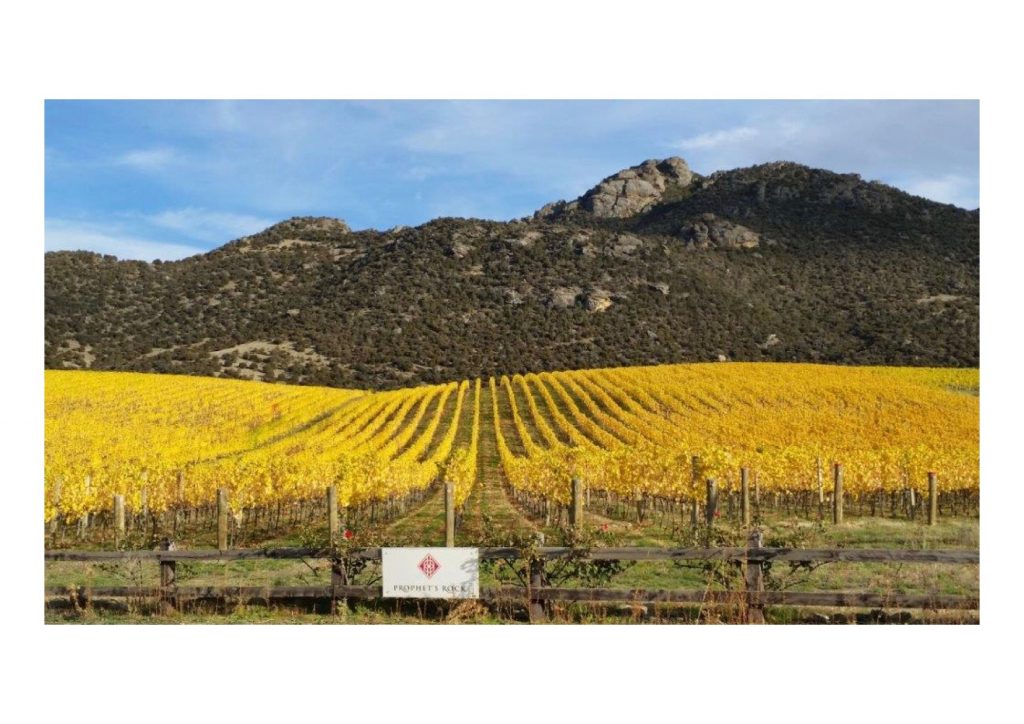
*Cuvée Aux Antipodes 2017
Elegant, fruity and expressive. It has zesty acidity and tight edge with a fine and long line onto the finish. I like the floral and spice high tones and the vibrancy. This is my favourite.
“The character of blood orange,’ says Francois. “You do not get this if you over extract.”
The vintage conditions were quite mixed. François’s recollections of the vintage conditions are below.
Cuvée Aux Antipodes 2016
Lighter elegant and crunchy. Pure, high toned. Red fruit. Peppercorn. Fresh and zesty. Straight, snappy tannins, crispness and crunch. Grassier note on the finish. A cooler vintage is evident in this lighter, slimmer wine which is coming forward more quickly, but is none-the-less delicious.
Cuvée Aux Antipodes 2015
This is rich and well structured with a velvet texture and good depth. Juicy dark, black fruit. Seductive and fuller bodied. The finish is richer, but streamed with a freshness and vigour.
François remarks on the vintages:
“For each vintage 2015, 2016 and 2017 there was a spring frost. Even a summer frost in 2017 (!) but hopefully not at Prophet’s Rock vineyards.”
“2015 was very dry and hot at the end of the season. That explains the dark fruits and spices of the wine.”
“2016 was much cooler and we see that with the red fruits, raspberries and fresh violets mineral vintage. The flow of a river.”
“2017 was even cooler but the skin ripeness was built slowly but surely. This reminds me the vintage 1993 in Burgundy where we had the same phenomenon.”

